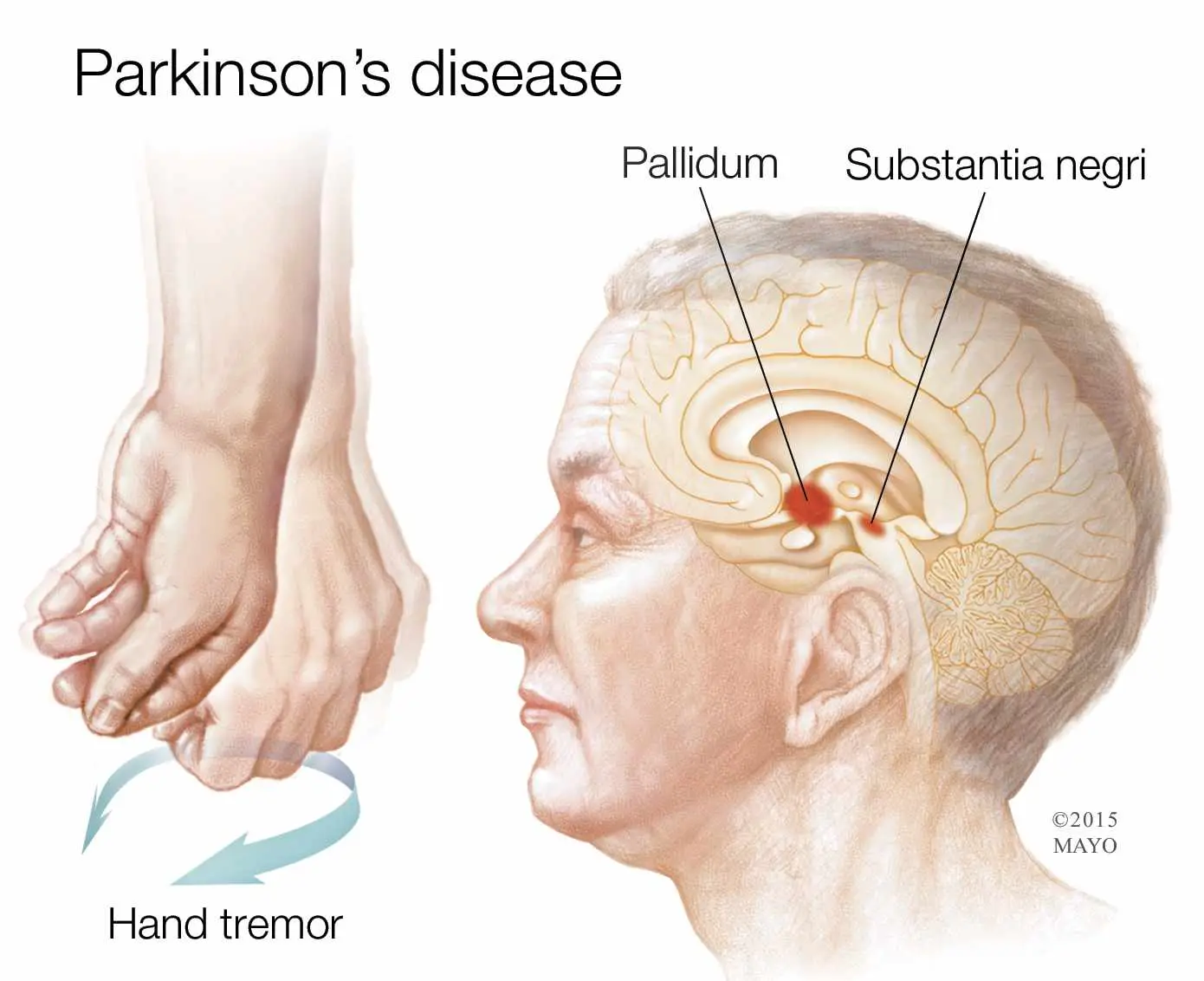Treatment Approaches That Overlap In Parkinson’s And Other Movement Disorders

Movement is one of the most fundamental aspects of human life, yet it depends on a complex network of brain signals, muscles, and nerves working in harmony. When this balance is disrupted, individuals may experience tremors, rigidity, or slowness of motion, hallmarks of conditions known as movement disorders. While each disorder is unique, many overlapping treatment approaches improve symptoms, especially in parkinson’s. Effective movement disorders treatment often combines medication with physical therapy, ensuring that patients can maintain mobility and independence. Exploring these common strategies provides insight into how care can be optimized for patients across different neurological conditions.
Shared Treatment Principles in Movement Disorders
Though the causes may vary, there are consistent strategies in managing motor-related conditions. Speech, occupational, and physical therapy frequently serve as the cornerstones of care, assisting patients in preserving their independence. These are central elements in many movement disorder treatment plans because they target the functional challenges people face daily.
Exercise programs, including balance training, flexibility routines, and strength exercises, are equally valuable. They help reduce falls, improve coordination, and enhance quality of life. Importantly, these approaches are adaptable across conditions, whether someone is managing dystonia, essential tremor, or parkinson’s.
Understanding the Roots of Parkinson’s
Before exploring why some treatments overlap, it’s helpful to understand Parkinson’s disease causes. The substantia nigra of the brain’s dopamine-producing neurons is gradually dying off, which is the leading cause of the illness. This chemical messenger is critical for coordinating smooth muscle movement, and its decline leads to tremors, stiffness, and slowed motion.
Parkinson’s disease is a complex condition that necessitates both targeted and broad-based therapy because it is influenced by both genetics and environmental factors. Because motor symptoms overlap with other conditions, the treatments designed for parkinson’s often benefit patients with similar neurological challenges.
Medication as a Common Tool
Drug therapy is one of the most significant areas where treatments for parkinson’s disease that adjust brain chemistry are commonly used across disorders. For instance, drugs designed to stabilize dopamine levels are central for parkinson’s but may also be helpful in conditions that share similar pathways.
Other medications, such as muscle relaxants or anti-seizure drugs, are used to control Parkinson’s rigidity in multiple disorders. By targeting the nervous system directly, these treatments provide relief for patients facing diverse diagnoses.
The Role of Therapies Beyond Medicine
While medications address chemical imbalances, therapies focus on physical function. Physical therapy reduces stiffness and improves balance, while occupational therapy teaches strategies to adapt daily tasks. Speech therapy can assist patients experiencing changes in voice or swallowing, challenges found in both parkinson’s and other movement-related conditions.
These non-pharmacological strategies are essential in themovement disorders treatmentbecause they empower patients with Parkinson’s to be active and independent. They highlight how therapeutic approaches designed for one condition can easily be adapted to another.
Particularized Neurology Treatment
Accurate diagnosis and tailored care are vital in navigating overlapping treatments. Specialists from clinics like South Valley Neurology meticulously assess each patient, differentiating between illnesses that may appear similar. Their expertise ensures that patients benefit from both shared and unique aspects of treatment.
Lifestyle Adjustments as Universal Tools
Across the spectrum of disorders, lifestyle changes consistently prove beneficial. The nervous system is strengthened and resilience is increased by regular exercise, a healthy diet, and stress-reduction techniques. These adjustments not only enhance physical health but also support emotional well-being, which is often impacted by chronic neurological conditions.
Whether a patient is dealing with parkinson’s or another disorder, adopting healthier routines supports the effectiveness of medical treatment and delays functional decline.
Conclusion
Although each parkinson’s disorder has unique origins, there is significant overlap in the ways they are managed. Therapies, medications, and lifestyle changes are common threads that connect care across conditions. By understanding parkinson’s disease causes and how they relate to broader neurological challenges, specialists can design strategies that work for multiple patients. With the guidance of parkinson’s clinics and comprehensive care models, individuals facing these challenges can find hope in treatments that not only manage symptoms but also improve quality of life.

Basanti Brahmbhatt
Basanti Brahmbhatt is the founder of Shayaristan.net, a platform dedicated to fresh and heartfelt Hindi Shayari. With a passion for poetry and creativity, I curates soulful verses paired with beautiful images to inspire readers. Connect with me for the latest Shayari and poetic expressions.
